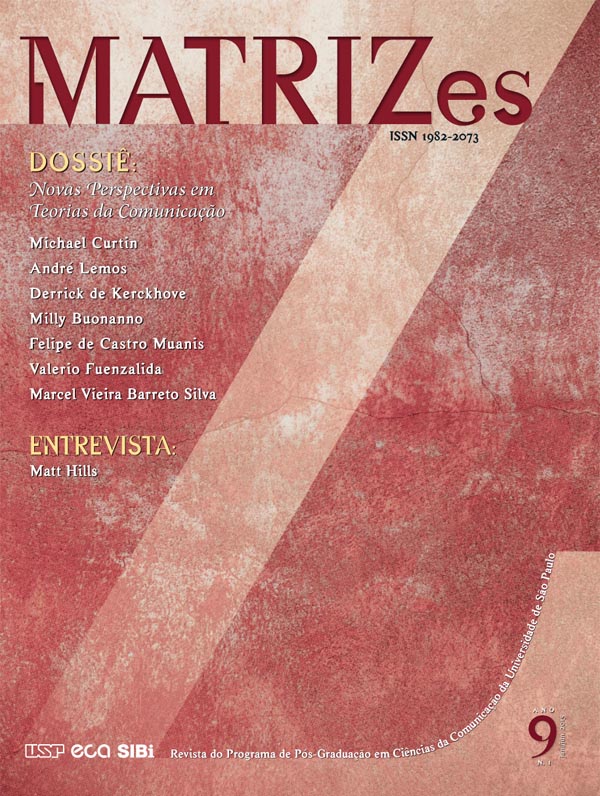The introduction of film subtitling in Brazil
DOI:
https://doi.org/10.11606/issn.1982-8160.v9i1p187-211Keywords:
Silent cinema, sound cinema, film distribution, subtitling, dubbingAbstract
The conversion to sound cinema in Brazil beginning in the late 1920’s can be best defined as the systematic adoption of mechanic and synchronized sound film projection as the standard practice in the national theatrical exhibition circuit. This process was not short nor simple, but long and complex, resulting also in changes in the way imported film copies were distributed and exhibited in Brazil. The paper analyzes, through research in the contemporary press, as film subtitling was introduced and consolidated amid numerous procedures that were tried to present in an understandable and appealing way to the Brazilian public movies originally spoken in English.Downloads
Download data is not yet available.
Downloads
Published
2015-06-23
Issue
Section
Em Pauta/Agenda
License
Authors who publish in this journal agree to the following terms:
- Authors retain the copyright and grant the journal the right to first publication, with the work simultaneously licensed under the Creative Commons Attribution License (CC BY-NC-SA 4.0) which allows sharing of the work with acknowledgment of authorship and initial publication in this journal for non-commercial purposes.
- Authors are authorized to assume additional contracts separately, for non-exclusive distribution of the version of the work published in this journal (eg, publishing in institutional repository or as a book chapter), with acknowledgment of authorship and initial publication in this journal.
How to Cite
Freire, R. de L. (2015). The introduction of film subtitling in Brazil. MATRIZes, 9(1), 187-211. https://doi.org/10.11606/issn.1982-8160.v9i1p187-211






















